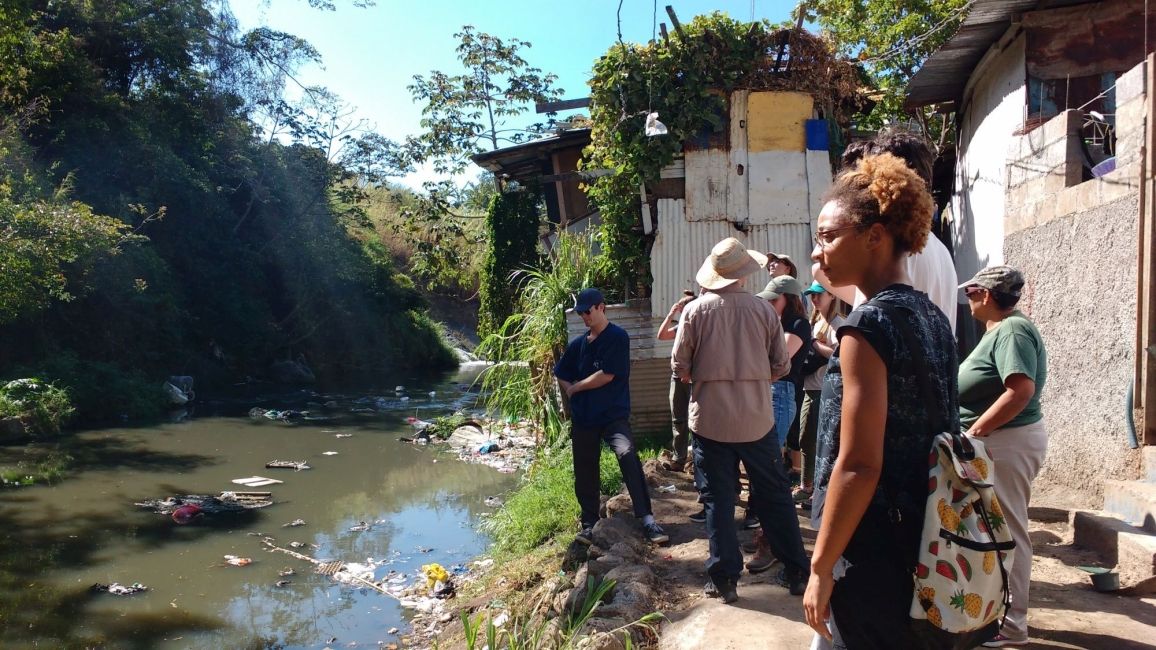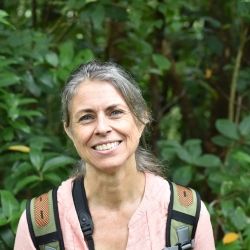Environmental Injustice
BY VANESSA CORREA, Teaching Assistant in the Sustainability and the Environment Program
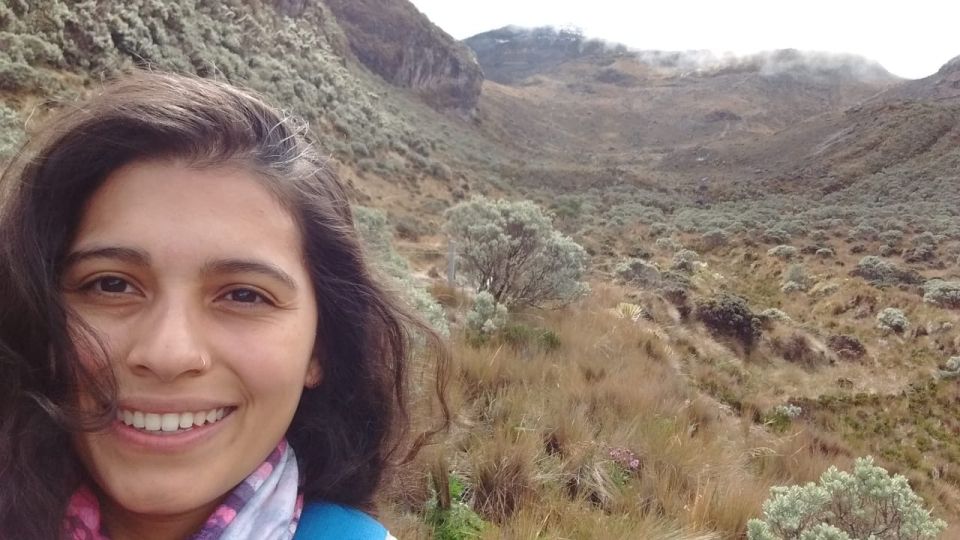
It is no secret that, since the industrial revolution, environmental contamination has grown exponentially. This negatively affects rivers, soils, oceans, and air, and contributes to an ongoing environmental crisis. Perhaps what is less well-known is that human communities are differentially impacted. Some are more negatively impacted than others. This tends to break down along socio-economic classes race lines. There is nothing fair, or just, about this. It even happens in Costa Rica, where environmental protections are supposed to be models for other nations.
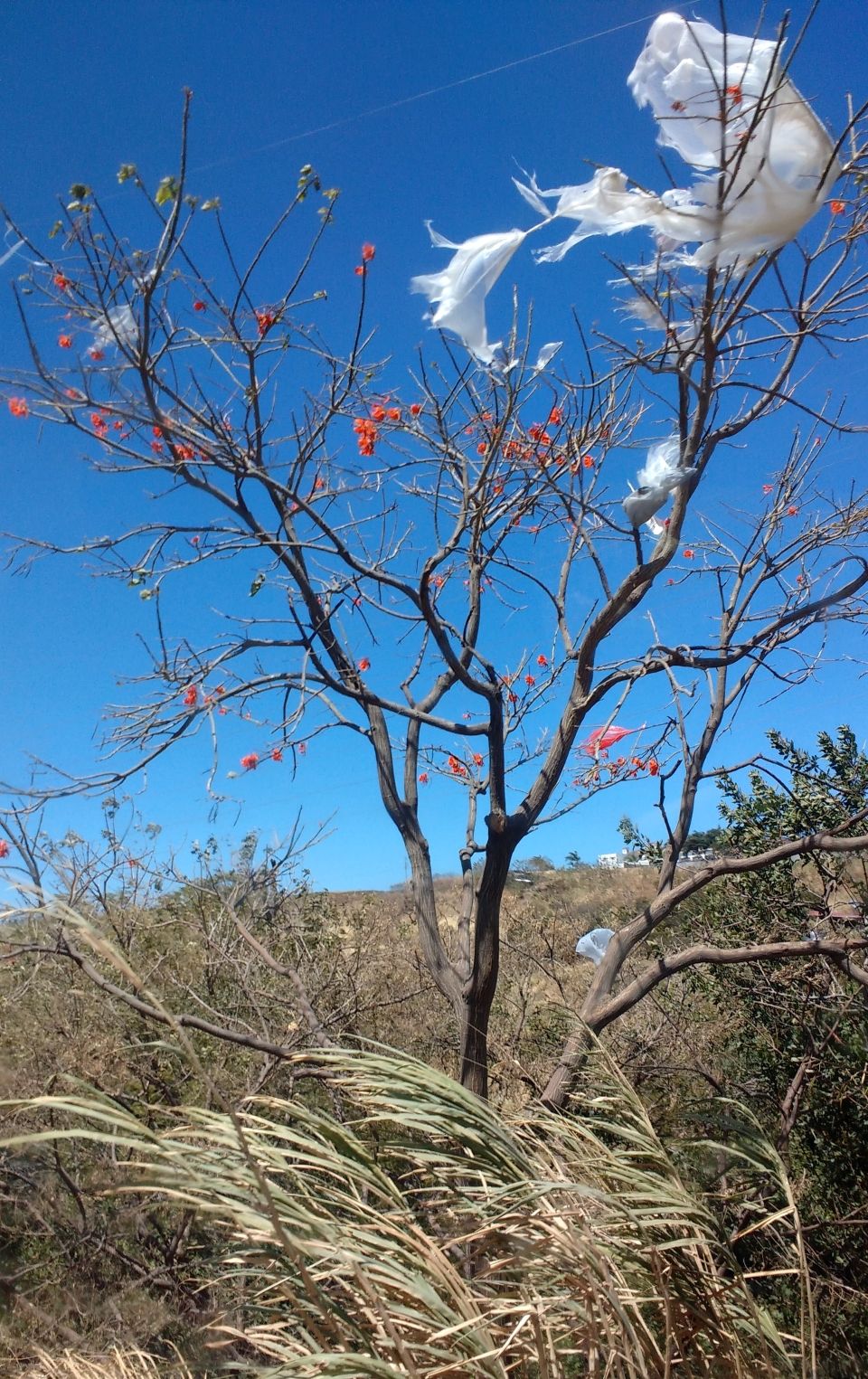
As active consumers, we are quick to forget or overlook our environmental footprint, to the unfortunate detriment of the planet we call home. This happens as easily as 1-2-3: make waste, put into plastic bag, and then put it on the street for the garbage truck to pick up. In the best scenario, the garbage goes to a sanitary landfill. We are not really sure if that is the outcome or not. In fact, we don't think much about it at all.
For me, a visit to a Costa Rican landfill struck a chord. It made me uncomfortable, and I asked myself, "Where does our garbage go? What is the fate of my garbage? Who is affected by my garbage?" My discomfort made me acutely aware of the fact that no one would choose to have a landfill as their backyard, and yet, unfortunately, this happens -- even in Costa Rica. In fact, there is a community of 40,000+ people, whose Costa Rican backyard is a landfill. You can experience this at the La Carpio community in the Central Valley, just kilometers from upscale neighborhoods.
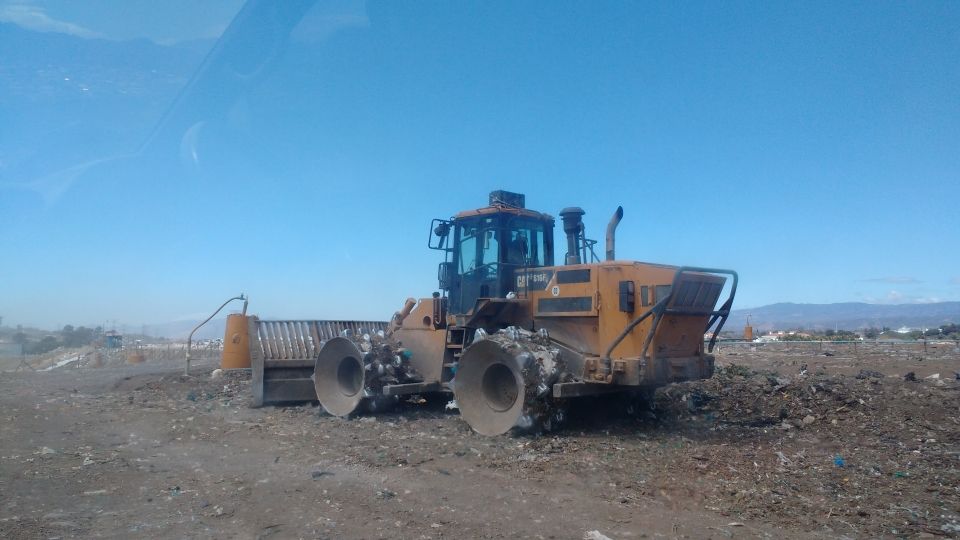
This community is located on the western edge of the capital city, San Jose. It was settled in 1993 when numerous landless peasants took possession of an abandoned coffee plantation. Today, it is estimated that one-half of the inhabitants are Costa Rican citizens. Of the rest, about 49% are of Nicaraguan descent, while about 1% are from other countries. Because of the way in which the community was settled, the residents have been segregated and stigmatized.
Around year 1999, a Canadian company (EBI), acquired lands adjoining La Carpio, as well as a concession to install and operate a sanitary landfill. At the beginning, they promised to operate the landfill for 10 years; however, some19 years later, EBI continues to operate. It is estimated that in 2021 the landfill will close. Until then, more than 1200 tons of garbage cross down Main Street and through the narrow roads en route to the landfill entrance. Main Street is the only entryway to the La Carpio community, so there is no avoiding the flow of trucks. Additionally, La Carpio is encircled by the two most contaminated rivers of Costa Rica. In every direction, it seems, the residents confront waste.
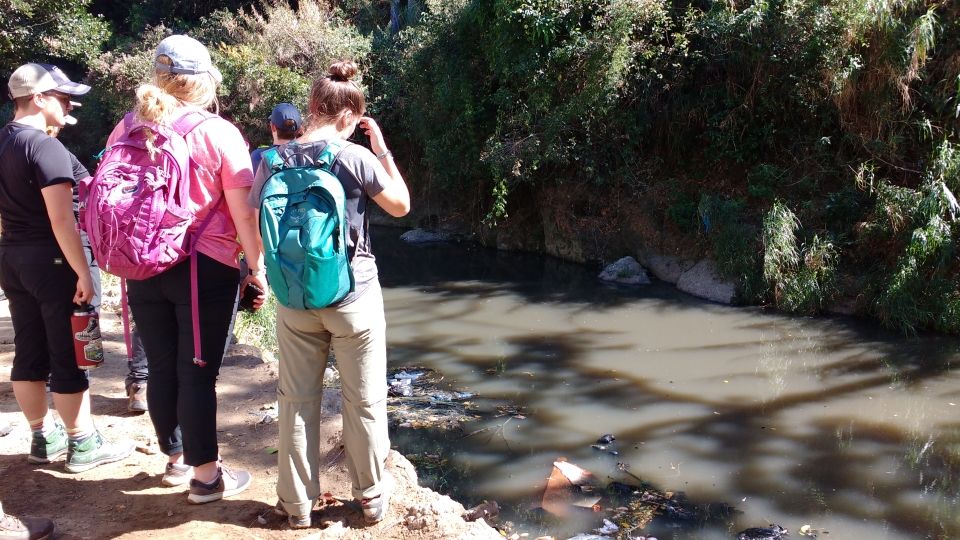
Perhaps this may seem like a pessimistic or apocalyptic panorama. Perhaps we may think there are no ways forward in such a situation. But, what if - as consumers- we ask ourselves, "Where is my waste going? How can I reduce my waste? How can I show empathy to the human communities and ecosystems suffering under my waste?" People of lower socio-economic status generally have a smaller environmental footprint; they are not the cause of global warming or other, big, environmental problems. However, they are generally the ones that suffer most the environmental pains of the modern world. This inequality is unjust, both for human communities, such as the people of La Carpio, AND for the species of the ecosystems, like the plants and animals of the Río Torres and Río Virrilla.
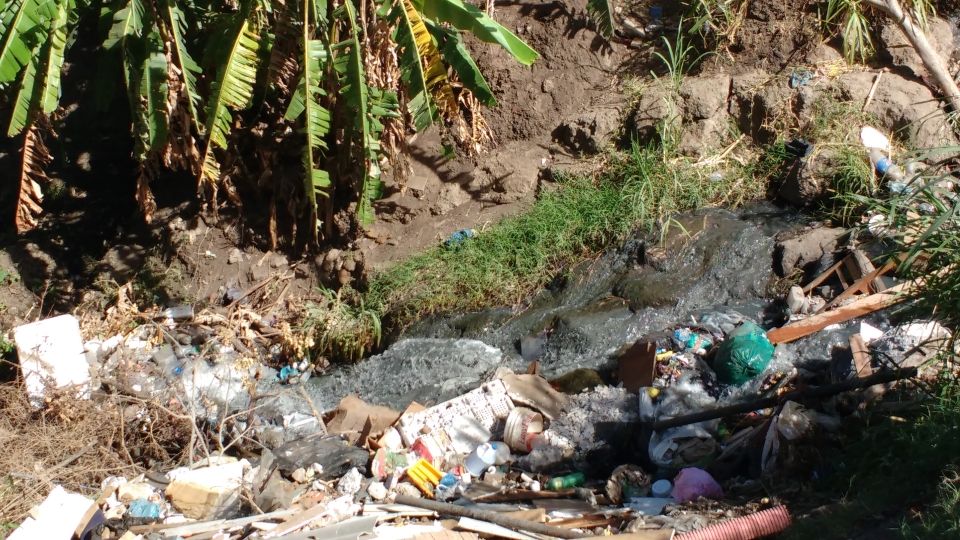
I heard from a community leader of La Carpio, "A landfill is a necessary evil," but, what if it were not necessary? Changes in policies can take a long time, and maybe we should not wait for the government to tell us to do the right thing. We can make changes as conscientious consumers. For instance, what if we were to purchase products that we don't have to discard after use? What if, as consumers, we pressured manufactures to make products that are designed to be re-purposed or composted? What if we designed waste OUT of the system?
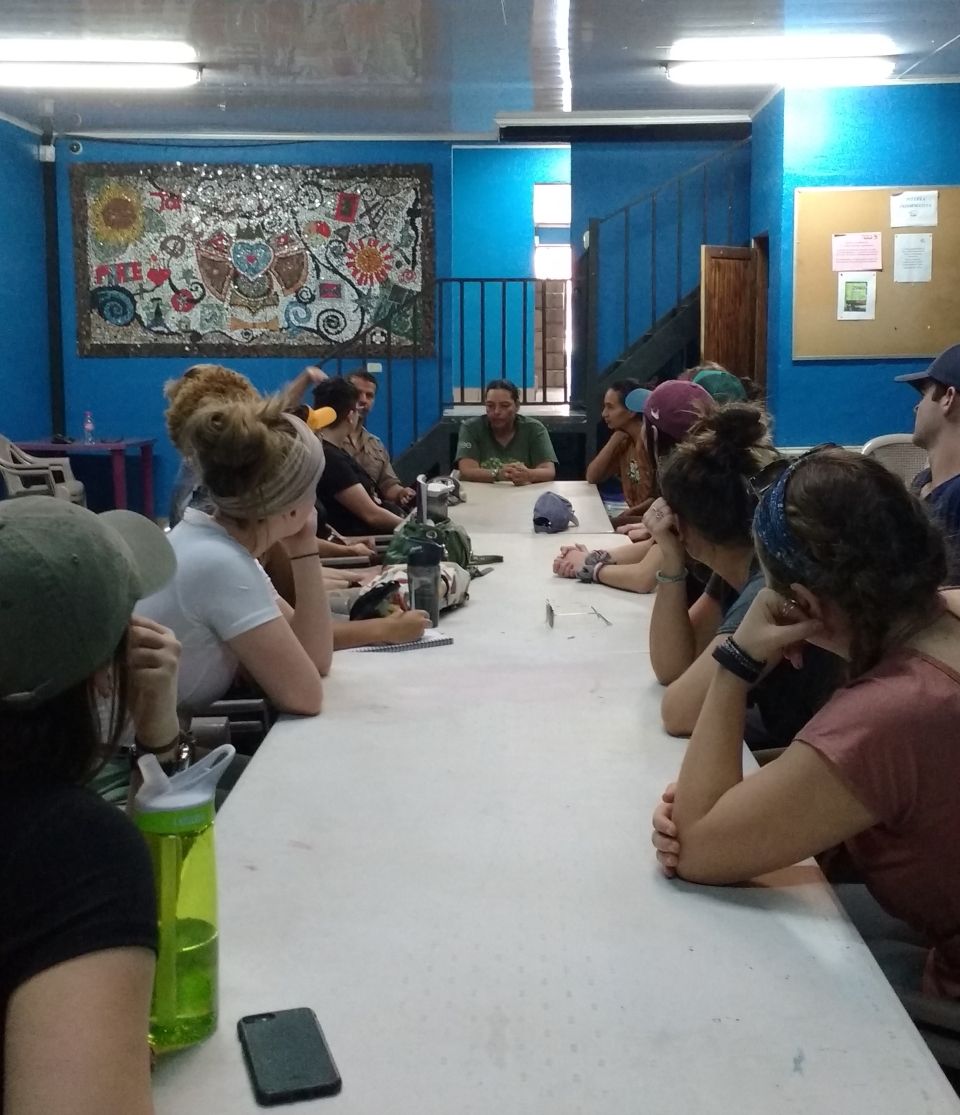
We started the Sustainability and the Environment Program by facing the reality of waste and environmental justice. It opens our minds to hard questions, but we find inspiration in new ways of thinking about waste. Most importantly, it reminds us as that a sustainable society seeks to integrate all members, to include diversity of opinion, and to strive for a united response to a common problem. In a complex system, such as human society, there are no simple solutions, but when we have our eyes open, we can see the possibilities more clearly. Even in Costa Rica, where international students come to see inspirational example of sustainability, there is room for improvement in issues of environmental justice. Now we see the problems and the possible solutions more clearly.
Related Posts
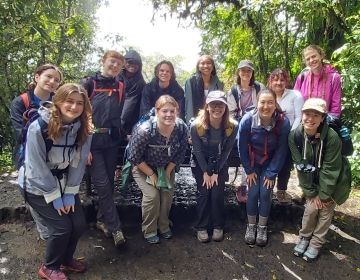
Happy Earth Day: Today and Every Day
Happy Earth Day! Every April 22, this global event comes around to remind us how precious our planet is, what sustainable efforts we can make to protect Earth, and that... keep reading
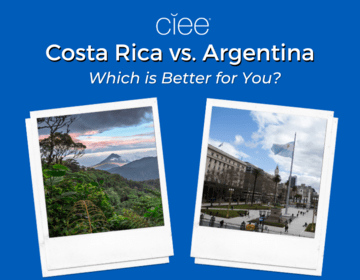
Costa Rica vs. Argentina: Which is Better for Study Abroad?
Imagine yourself sipping mate in a bustling Buenos Aires café or lounging peacefully in a hammock overlooking Costa Rica's lush rainforests. These contrasting scenes represent just a glimpse of the... keep reading
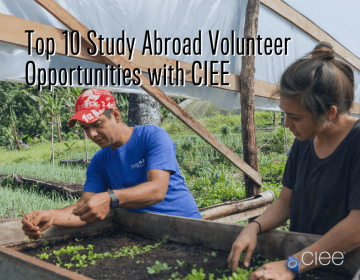
Top 10 Study Abroad Volunteer Opportunities with CIEE
Have you ever wondered if you could volunteer abroad? Perhaps you're looking into study abroad programs that provide international volunteer opportunities. If you’re itching to study abroad and truly make... keep reading
